Anglers are always more confident when ledger fishing from piers and breakwaters, as they are usually built seawards and offer easier access to deeper water. They can also offer a wide variety of species. It’s important, though, to understand how fish feed and work around these man-made structures to enjoy the best of the fishing, and just casting into deeper water doesn’t always achieve that.
When to Fish Piers and Breakwaters
Split the seasons into simple summer and winter categories. In summer, you can expect bass, flounder, plaice, dabs, gurnards, rays, huss, conger, pout, poor cod, pollack, wrasse and smoothhound depending on the area of the country you’re in. Come winter, codling, whiting, coalfish, dabs, dogfish, flounder, and rockling become the target species, again with conger, huss, wrasse and rays a possibility.
Ground Feature
Breakwaters will see the bulk of the fish, mostly right at your feet. They’ll be working and living on and just inside the holes created by the boulders where the junction line between stone and sand or muddy sand sits. The opportunity to cast further only comes if you can identify a deeper boat access channel or an area where sandbanks are obvious that might hold bigger fish such as rays, bass, and smoothhound.
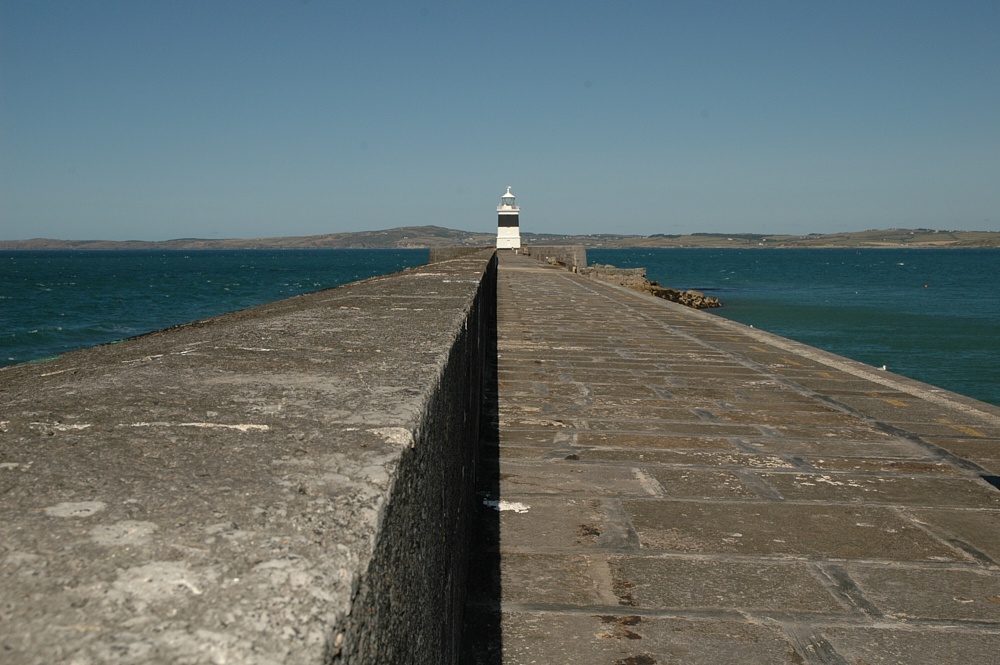
Some piers are made from stones again and can be treated just like breakwaters. Others are typically wooden/metal structures with support legs with wide gaps in between that allow the flow of the tide to pass through. These will see a scooped out gutter form around the pier legs, and some have a deeper gutter running underneath the full length of the pier. Food drops into these, and they’ll always hold fish, so dropping baits straight off the side of the pier is often more productive than casting. Also, the leg supports will have mussels clustered on them and there will be marine worms and crabs around the legs base that will draw fish in.
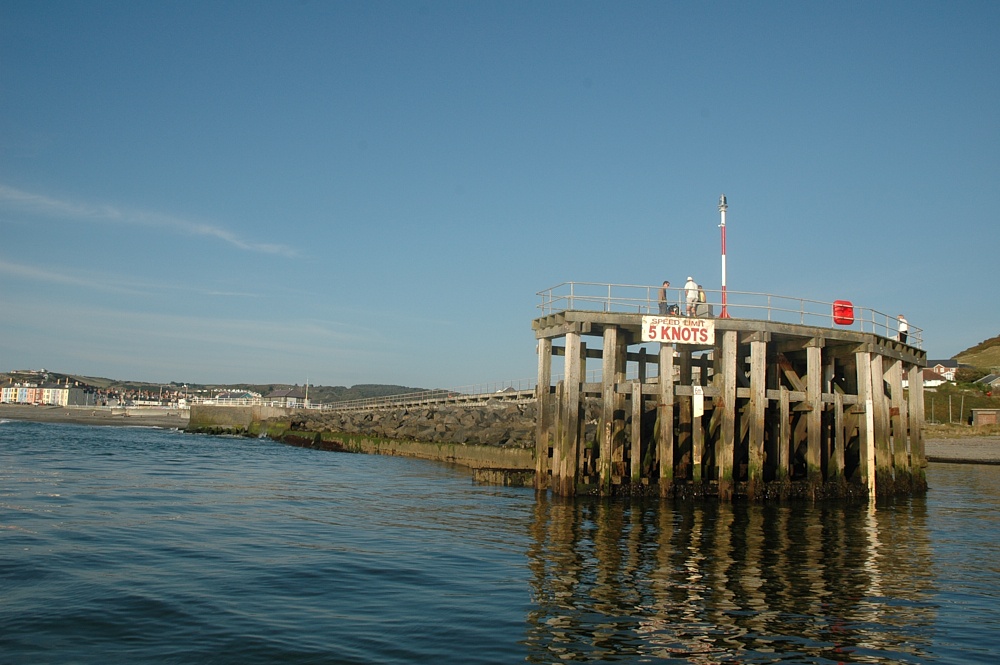
If you can find patches of stone or boulders, gutters between sandbanks, or shingle uplifts out from the pier, then it’s well worth casting to these as they will also hold fish, but typically shorter casts close to the structure will score best.
Weather and Tides
While calm seas will see fish caught, for the best results, choose days when the sea is roughed up a bit with some onshore wind and with an overcast sky. Bright sunny days tend to see catches fall. Piers and breakwaters typically fish best just after a big sea, when there’s colour in the water and the swell is easing.
Night tides, if fishing is allowed, can be excellent with the peak numbers of fish working tight in around the structures.
Both piers and breakwaters will produce fish, immaterial of the tide size. This especially applies to the smaller species. If you want to target bigger fish such as rays, smoothhound, cod and bass, then the bigger tides climbing towards the highest springs normally produce the best fishing for these.
All piers and breakwaters fish differently, but start by fishing low water to high water on the flood tide, and a few trips fishing the outgoing ebb tide. Done systematically, this will quickly identify when the best fishing is allied to tide size and time and allows you to concentrate your time to the best periods.
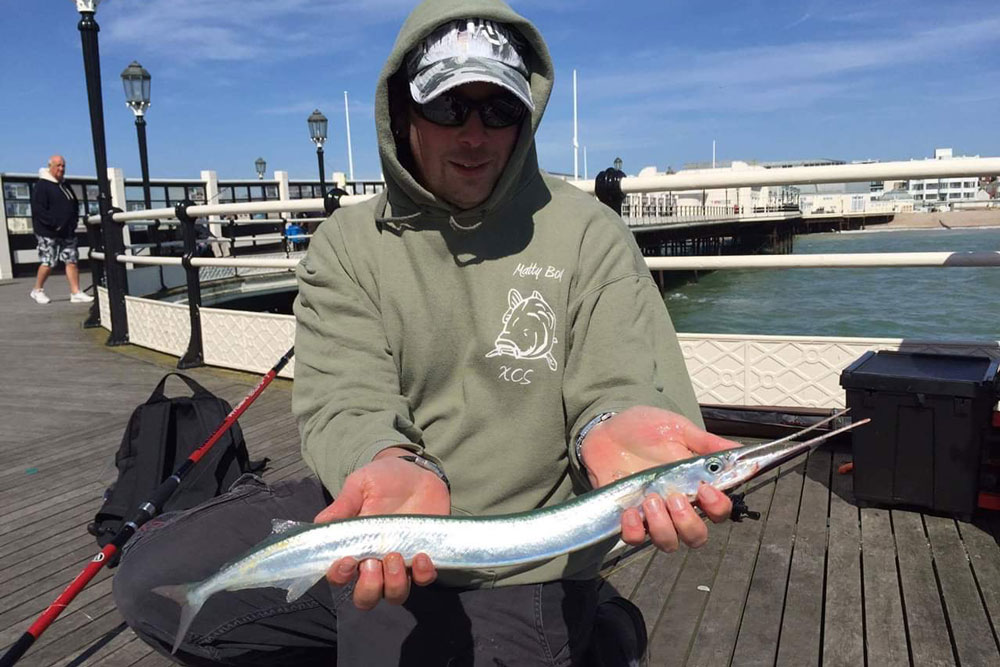
Tackle
You will have to lift fish up some distance from the surface of the sea on most breakwaters and piers, so make sure your tackle is strong enough.
A rod no longer than 14ft is ideal for pier fishing, as increased length increases leverage against the angler when lifting fish. Look for a casting rating of 3.5oz to 7oz, which covers most fishing. Rods such as the Xenon C-6 MX and Xenon C-6 FX or the Guerilla Surf MX or Surf FX are ideal for pier fishing.
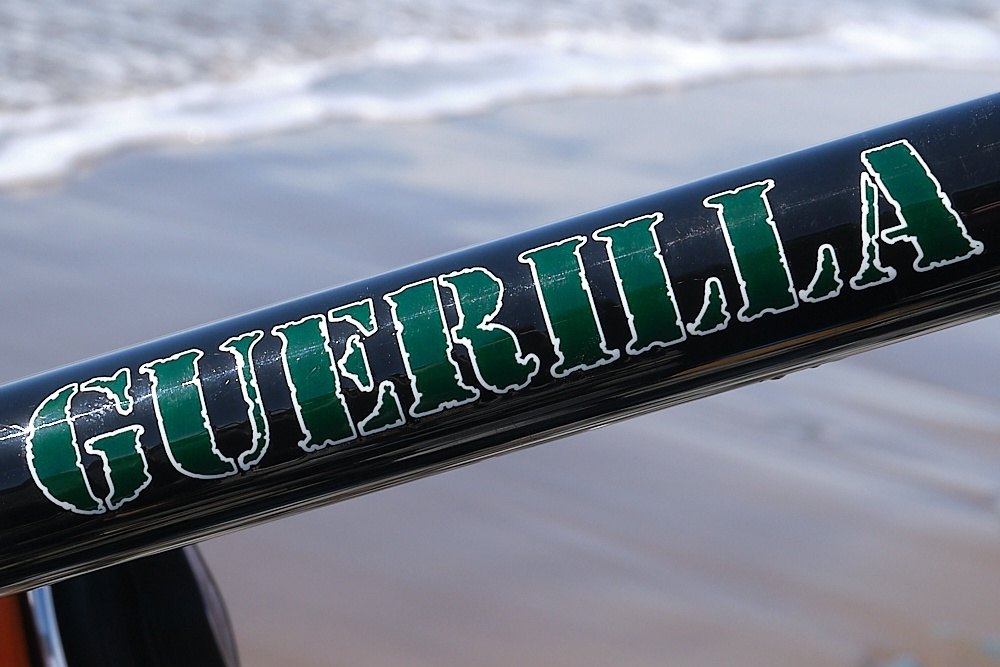
Match these rods with either a 6500 sized multiplier such as the Guerilla Mono Mag loaded with 15 or 18lb Blaze line and a 60lb Xenon Shockleader when fishing with multiplier rods. For fixed spool rods, an 8000 sized fixed spool reel such as the Tronixpro DV8 or Banzai Surf LC loaded with 30 to 40lb X8 Power Braid and either a 60lb or 80lb braided shockleader.
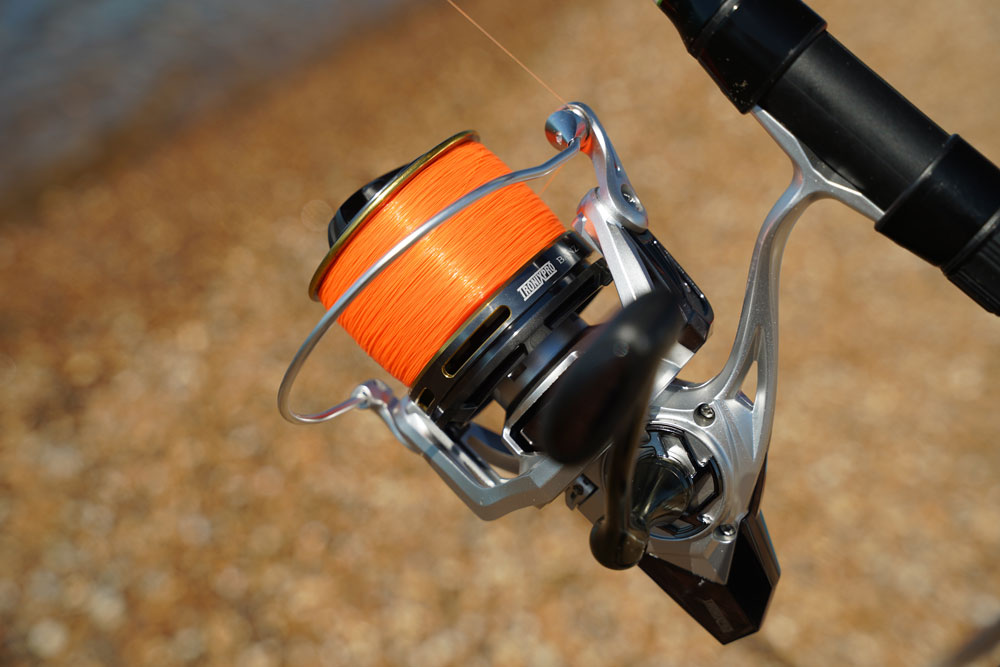
These combinations will give you the ability to lift normal fish up easily.
For general species, stick to a simple running ledger. On to your shock leader, slide on a Tronixpro Zip Slider boom and a size 5mm plastic bead. Tie a size 6 Rolling Swivel to the end of the leader. To the swivel, tie on 36-inches of 20lb AXIA Fluorocarbon or mono. Bring the tag end of the Fluorocarbon or mono back to a point 10-inches below the swivel, and tie in a figure-of-eight knot to form a big loop. Below this knot, cut the loop to leave one upper tag end about 6-inches long and the longer tag end section below. To the tag ends tie on Tronixpro Aberdeen hooks in size 2 to 1/0 depending on species targeted.
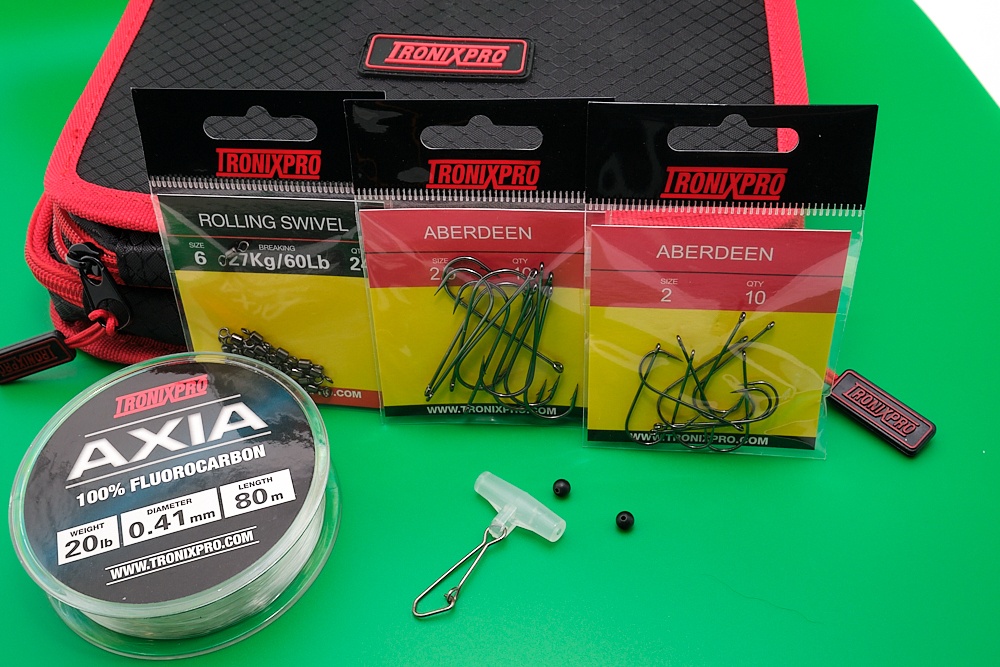
For larger fish, the same rig also works well but change the hook length for a single 36-inch length of 30 to 40lb Tronixpro Blackout or AXIA Fluorocarbon and use a single size 4/0 Tronixpro Beast hook. Hang the bait on the wires of the grip wire lead when casting. This rig system also sees the lead sit above the fish and well away from snags when playing fish.
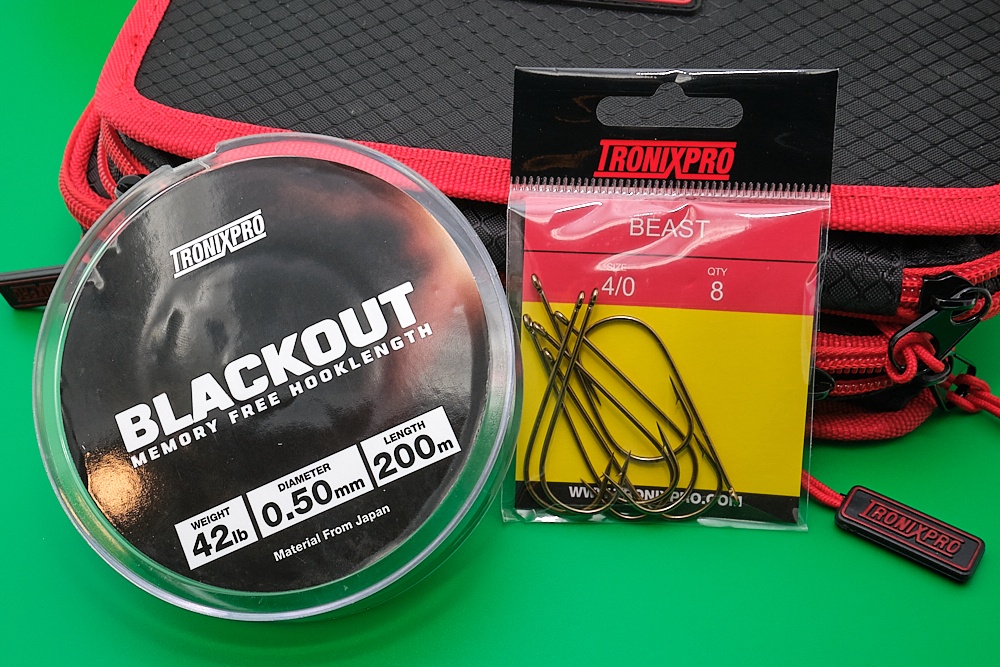
A Tronixpro Folding Drop Net is also an essential piece of kit, especially if you’re targeting bigger fish. Available in two sizes (50cm and 100cm), the Drop Net comes with a long piece of rope already attached which allows you to lower the net to the sea surface to land your fish.
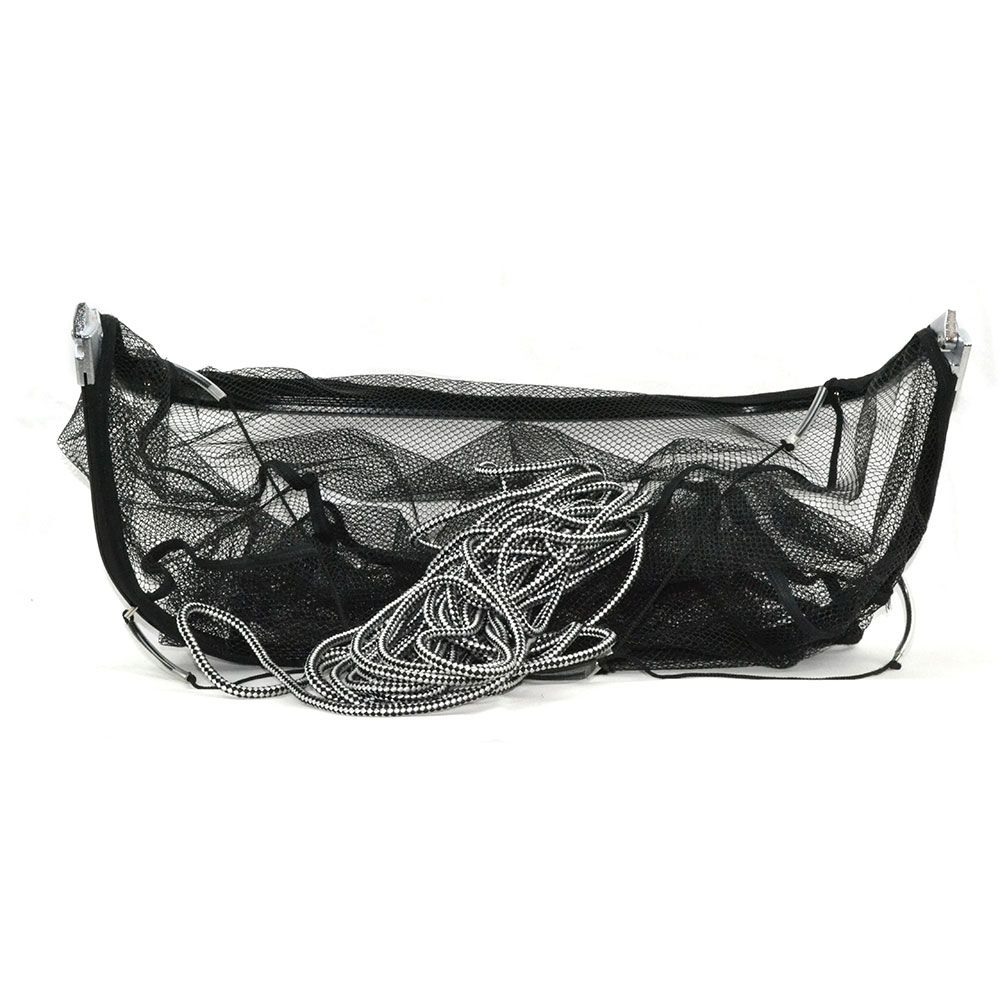
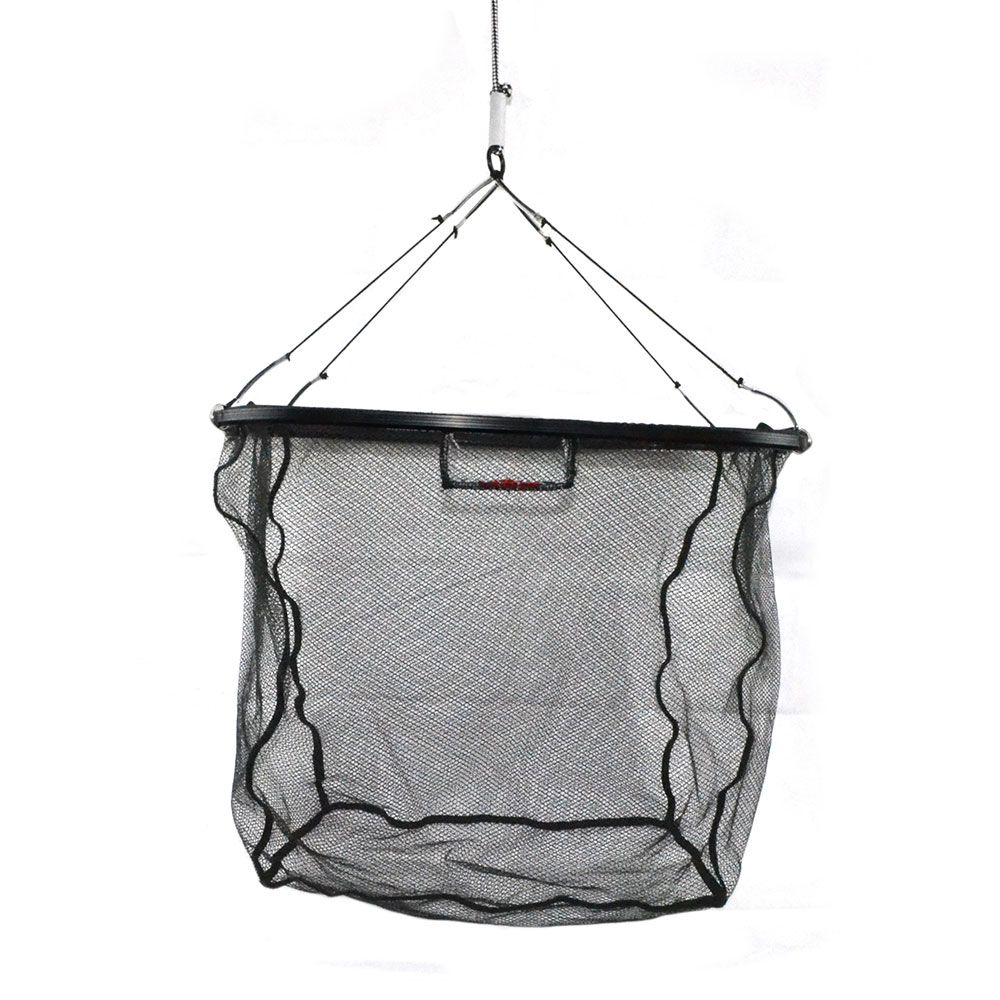
Baits
Mixing up your baits in the summer can increase the numbers of species you catch. Try to carry ragworm, blow lug, a few peeler crab and a fresh mackerel as a minimum. Additional squid, maddie rag and prawn can open more doors. Fish the baits individually but also experiment with combinations by tipping off worm baits with peeled crab legs, mackerel strip, squid strip etc, and the same with the ragworm. One particular combo bait will often out fish all others on the day. Crab is good for bass and smoothhound, with fish baits the best for the conger, huss, and rays.
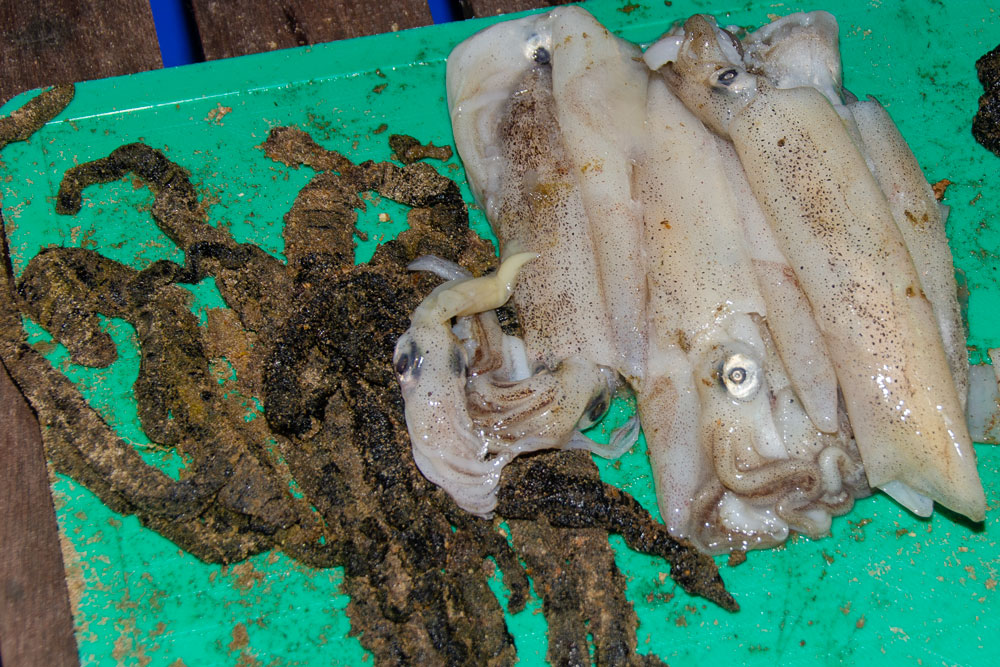
In winter, essentials are black lug, blow lug, ragworm, and mussel. Again, a squid, a frozen mackerel and a few razorfish can offer more in the way of combos. A good bait for bass and cod is to use a whole black lug then tip off with ragworm, or tip the lug off with mussel, squid, or razorfish.
Method
We’ve established that casting too far away from the structure typically puts our baits away from the bulk of the fish. Just dropping the baits over the side will tend to produce far more fish. If you can fish both sides of a pier with a gutter, always fish the side the tide is hitting so that your baits are washed back into the gutter where the fish feed. Fishing the opposite side can see the baits remain untouched as the bait scent is washed downtide away from the gutter and the fish. If you have to fish the side the tide is flowing away from, use a heavier 6oz to 8oz lead and swing the lead backwards under the pier to get it and the baits into the gutter.
The rigs we’ve chosen both see the baits fished hard on the seabed, which is where the main bulk of fish are feeding. If you use normal rigs like 3-hook or 2-hook rigs, if you fish a tight line, at least one bait is too high up in the water and unlikely to be taken. The sliding ledger rig also allows the use of a tight line to help induce better bite detection.
Deliberately using a plain lead and choosing one that is just light enough to be lifted by the rod tip, by releasing a few feet of line the bait can be trotted back into the gutter and this is deadly.
Measure along the pier structure and have a counter in your head exactly where each leg support is. These are the hotspots along the pier, and fishing close to these is where the bulk of the bites will come from.
If you can find a specific ground feature by casting, such as patches of reef or boulders, then putting baits near to or on to these will yield bonus bass, smoothhound, cod, and huss. The boat access channels can be great places to drop a fish bait into to intercept rays if you’re fishing a breakwater. Also target mooring buoys for plaice and other flatfish.
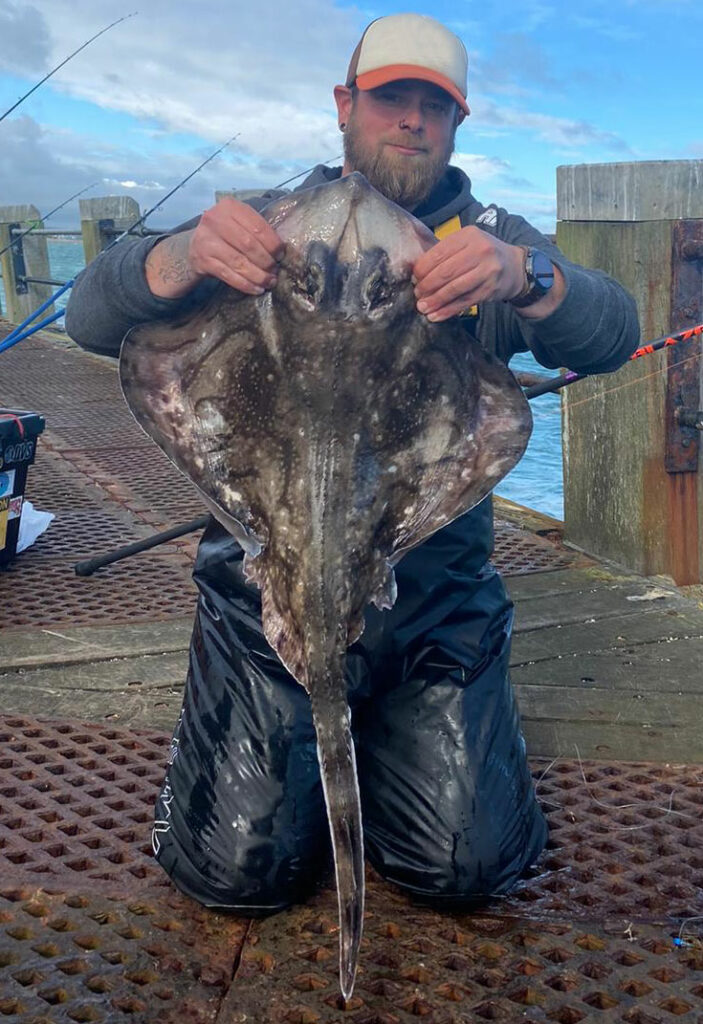
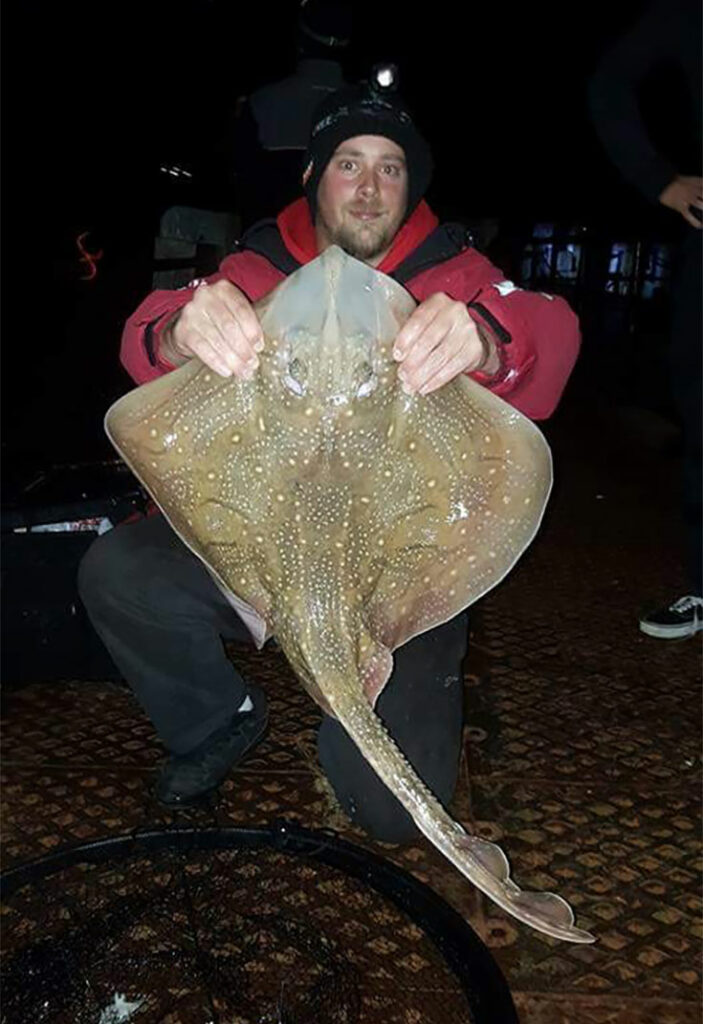
If you’re fishing with your rod leant against the railings on a pier or breakwater, secure the rod to the top of the railing with a Tronixpro Wire Rod Wrap. These bendable straps are brilliant for stopping unattended rods being yanked over the side by a bigger fish. They can also be fashioned into a handy rod rest head too!
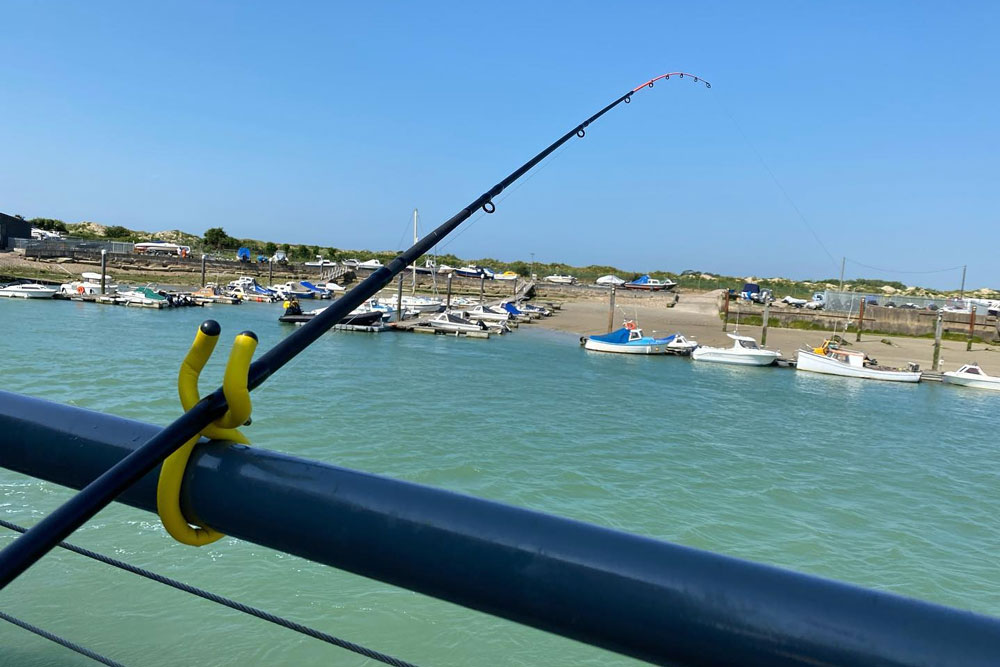
Float fishing is a very effective way to fish both piers and breakwaters. For more information on Float Fishing, be sure to check out this Tronixpro Know How Blog here.


